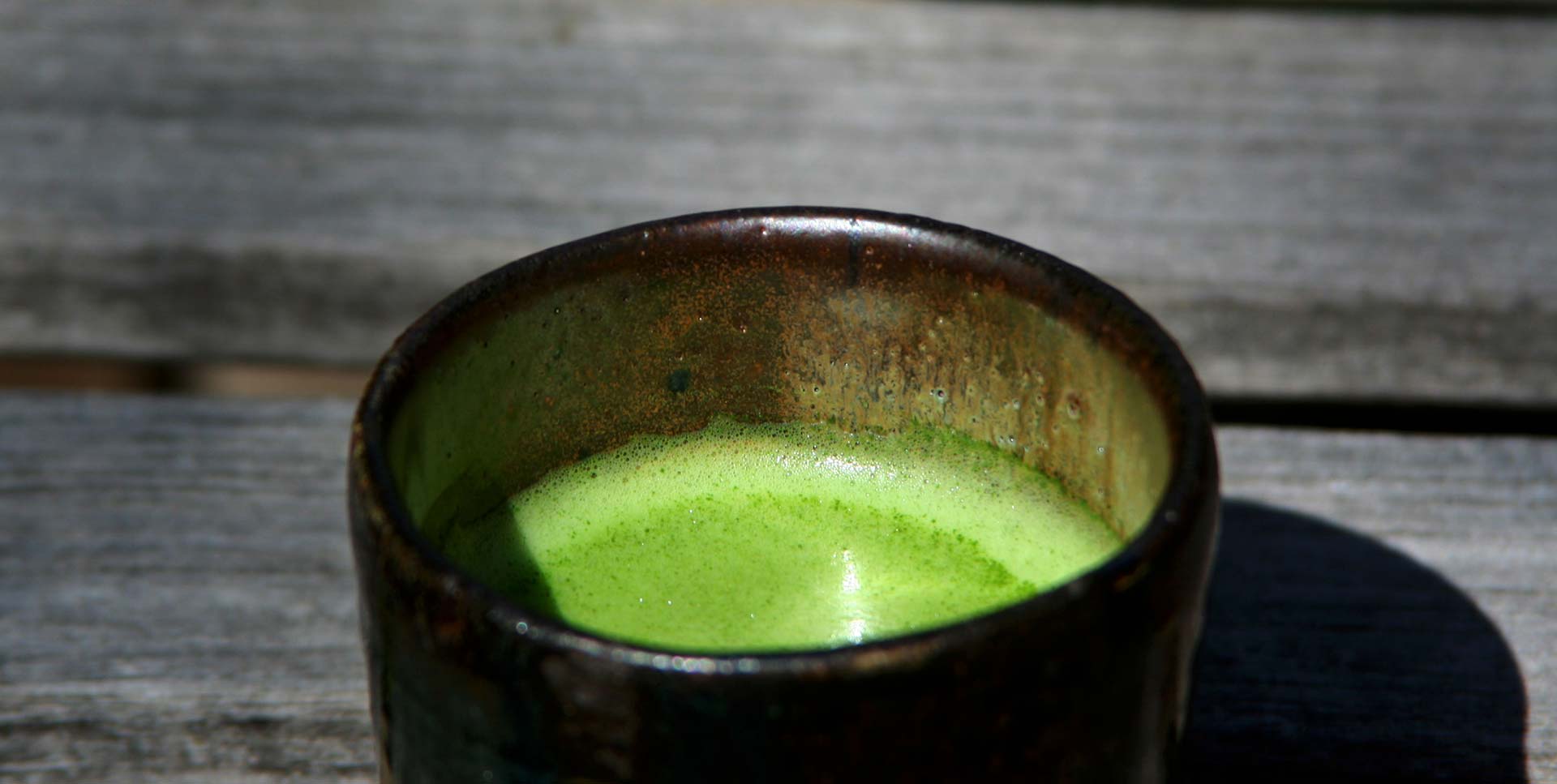The Japanese tea ceremony is a thing of unquestionable intrigue, beauty, and sheer historical awesomeness. It is triply so when performed and enjoyed within the context in which it arose: in some lovely wabisabi spot in Japan, ideally at a zen temple, which is where the whole thing really started.
It was an extremely simple affair in the beginning: a homely little hut, built expressly for making and enjoying tea. Nothing fancy, no excess anything, just four and a half tatami mats, a small charcoal brazier to boil water, a kettle, some matcha, a few basic tools. That’s it. You drank the tea and it was all about being in the moment, that moment, and noticing things. Noticing the surroundings, noticing your breath and palate, noticing the beauty and simplicity of the matcha and whatever else was in view, including the good fortune of being alive at that moment.
Over the centuries, the whole thing became more complex. Proscribed forms (temae) arose on how to move, how to sit, how to reach for tools, how to froth, how to serve, how to clean up. Doing these forms correctly meant that you had put in the considerable effort and time — many years — to master these things. You could demonstrate that you were a person of culture and sophistication by studying the ceremony. It became a kind of intricate choreography.
But it’s possible to go back to matcha’s original simplicity.
The best way to do that is devote just a few minutes to making a cup. There’s nothing complicated about it,really. You boil water, select a cup, and sift your matcha as the water cools a bit. You then add some water, froth it up — either with a traditional bamboo whisk / chasen or, my preference, with a hand-held milk frother — sit down, admire its striking beauty and aromas, and drink it. Ideally you drink it while not doing other things like reading email. Just give it a few minutes of undivided attention.
And then you’re done.
What a tone it sets.
